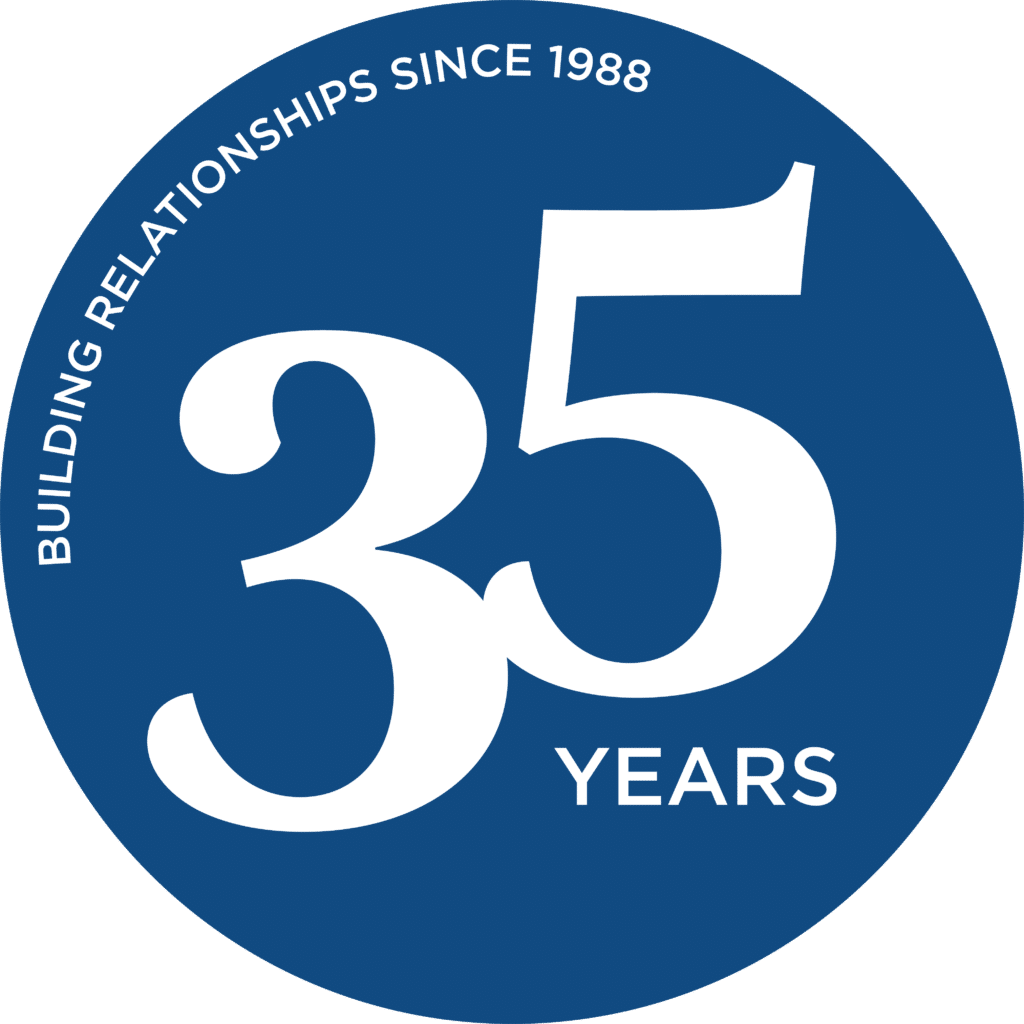According to CCI Consulting’s recent HR Insights Survey, only 2% of the more than 200 respondents felt “very well prepared” to meet their business needs in 2022. More than that, of the challenges associated with talent, organizational design and the change management associated with it are top of mind as employers around the country are figuring out how best to re-engage, re-ignite, and re-empower the workforce.
Too many are focusing on what leaders know all too well: the pandemic accelerated the pace with which businesses need to shift. Whether through technology or up-skilling, through predictive capabilities or navigating the unexpected volatility, change is an ongoing experience that is hard to treat as an initiative. What used to be coined as the “War for Talent” is truer than ever, and organizations are feeling how their lack of readiness has cascading and immediate impact.
Now, influencers and media outlets are filling the headlines with jargon: the “great resignation”; the “great re-negotiation”; the “great re-evaluation”; or the “great upgrade,” among others too numerous to mention. What we are really seeing are decades-long changes in the making that are now coming into focus. Most change experts distinguish between discontinuous change and planned change, and today there is a convergence of both. We would all do well to take a step back and revisit these topics so we can adopt strategies to manage both effectively. The abrupt changes brought on by the pandemic and the shifting sands of the workforce require organizations to re-orient themselves towards where they need to act and where they may need to re-create due to disruption.
Whether a planned change initiative or an abrupt disruption, we know that an organization thrives through its people. Our Navigating Change Process is informed by successful executive coaching and leadership development programs that elevate the competencies which enable employees to face any kind of change that, if applied authentically, helps organizations adapt to on-going change.
Navigating turbulence and change is seldom smooth but here are five steps you can take to ensure readiness in your organization.
Step 1: Build a change foundation
Whether a planned change initiative is already under way, or you are addressing a strategic shock from the ever-changing environment, organizational leaders and change agents that are anchored in the organizational vision and embraced by competent leadership find they have the necessary change foundation. Ensure that leadership is open and transparent and don’t rely on a vision on the wall or website. Clarity of vision and, more importantly, purpose, is the beacon people need to remind themselves of where they can travel in their workplace journey.
Step 2: Enable those who confront the status quo
Ben Franklin once said, “when you’re finished changing, you’re finished,” and in business, the saying goes, “if you aren’t growing, you’re dying.” Either way, most organizations employ members and managers of initiatives, projects, and planned change programs. Systems and processes are in place and when disruption hits, it’s not easy to pivot. However, few organizations have a team of identified members whose focus is on avoiding the status quo and pushing system-wide learning. In other words, they continuously spot opportunities for people and systems to be change-ready; ready to transition forward to a future state. With this level of readiness being top-of-mind, cascading smaller change initiates that are surrounded by empathetic and engaged leadership will facilitate the steps needed to achieve unplanned outcomes.
Step 3: Don’t leave engagement up to chance
The highly regarded Elisabeth Kubler-Ross helped explain how people move through a series of emotions when responding to change and transition. Organizations know that emotions must be attended to and doing it in a way that helps employees see clearly where they are going allows the organization to help the employees take a step forward. Leaders must be facile and exercise emotional intelligence all the time so that they remain attuned to the employee experience. This is the time for greater transparency at the leader and organizational level because it serves as a buffer to resistance to change and it will reinforce trustworthiness and clarity.
Step 4: Locate your inner transformational leadership style
A transformational leadership style is effective during intense change. Leadership research shows that this approach enables change in people and social systems by helping team members focus beyond their self-interests, motivating employees to embrace the collective identity of the organization, and challenging people to take greater ownership in their work with the ultimate goal of inspiring leadership to emerge across the organization. While transactional leaders are effective within the current state and culture, they often struggle when the tides of change crash down
Step 5: Test reality, ask questions, and show that you care
People have agency and make decisions that best serve themselves and their families. Organizations and their people leaders must put onboarding everyone at the top of the agenda now that pandemic restrictions are easing and people are seeing one another smile in person. They must place heightened attention on socializing people back into the new workplace culture and overcommunicating important messages even if they were hybrid or remote before because the impact of the pandemic experience has touched people in ways that office parties cannot remedy. Connect directly and don’t rely on your assumptions about people’s level of engagement or intent to remain committed to your mission. Even the most astute of us routinely misread others’ motives and best of intentions.
Human Resources plays a more important role now than ever before because they can assist with nurturing the simple acts of human connection that are the building blocks to a strong organizational culture that anchors the ship during the intense headwinds of change.
Adena Johnston, D. Mgt., MCEC
Senior Consultant & Executive Coach
CCI Consulting
Get our latest insights and best practices on the most definitive workforce
topics affecting HR leaders and organizations today.



